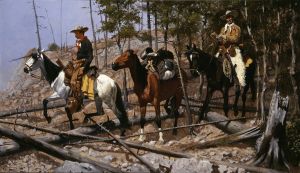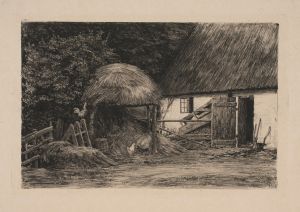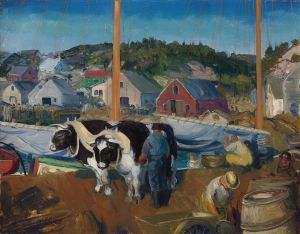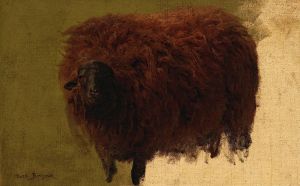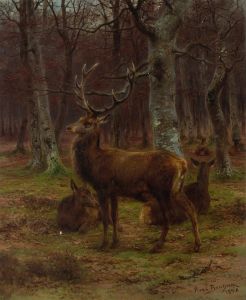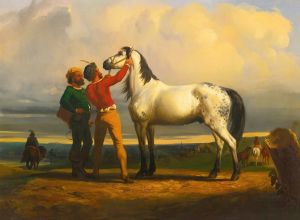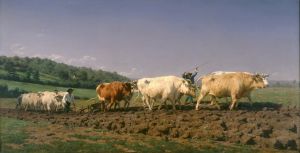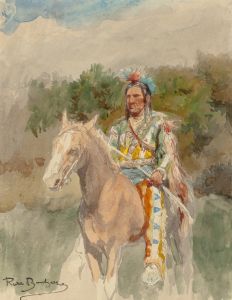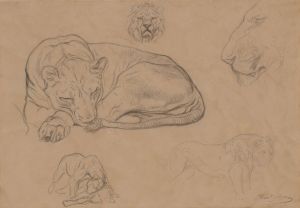
Le Labourage
A hand-painted replica of Rosa Bonheur’s masterpiece Le Labourage, meticulously crafted by professional artists to capture the true essence of the original. Each piece is created with museum-quality canvas and rare mineral pigments, carefully painted by experienced artists with delicate brushstrokes and rich, layered colors to perfectly recreate the texture of the original artwork. Unlike machine-printed reproductions, this hand-painted version brings the painting to life, infused with the artist’s emotions and skill in every stroke. Whether for personal collection or home decoration, it instantly elevates the artistic atmosphere of any space.
"Le Labourage" (The Plowing) is a painting by the renowned French artist Rosa Bonheur, completed in 1849. Rosa Bonheur, born on March 16, 1822, in Bordeaux, France, was one of the most celebrated female painters of the 19th century, known for her realistic depictions of animals and rural scenes. Her works often reflect her deep appreciation for the natural world and her meticulous attention to detail.
"Le Labourage" is a significant example of Bonheur's skill in portraying rural life and agricultural labor. The painting depicts a team of oxen plowing a field, guided by a farmer. The scene is set in the French countryside, capturing the essence of rural labor and the harmonious relationship between humans and animals. Bonheur's ability to render the textures of the animals' fur, the soil, and the farmer's attire demonstrates her technical prowess and keen observational skills.
The composition of "Le Labourage" is carefully balanced, with the oxen positioned prominently in the foreground, emphasizing their strength and importance in the agricultural process. The farmer, though smaller in scale, is depicted with equal care, highlighting the human effort involved in farming. The background features a vast, open landscape, suggesting the expansive nature of the rural environment and the hard work required to cultivate it.
Bonheur's choice of subject matter in "Le Labourage" reflects her interest in the lives of working people and animals, a theme that recurs throughout her oeuvre. Her paintings often celebrate the dignity of labor and the beauty of the natural world, challenging the traditional gender roles of her time by excelling in a genre typically dominated by male artists.
"Le Labourage" was well-received by contemporary audiences and critics, contributing to Bonheur's growing reputation as a leading animalier (animal painter). Her success was further solidified by her meticulous research and dedication to her craft. Bonheur often visited farms, livestock markets, and slaughterhouses to study her subjects firsthand, ensuring the accuracy and lifelike quality of her paintings.
Rosa Bonheur's achievements in the art world were recognized with numerous accolades, including the prestigious Legion of Honor, which she was awarded in 1865, becoming the first female artist to receive this honor. Her legacy continues to inspire artists and art enthusiasts, and her works remain celebrated for their technical excellence and empathetic portrayal of rural life.
"Le Labourage" is housed in the Musée d'Orsay in Paris, where it remains an important part of the museum's collection of 19th-century art. The painting stands as a testament to Bonheur's talent and her contribution to the genre of animal painting, offering viewers a glimpse into the pastoral life of 19th-century France through the eyes of one of its most skilled and passionate artists.





